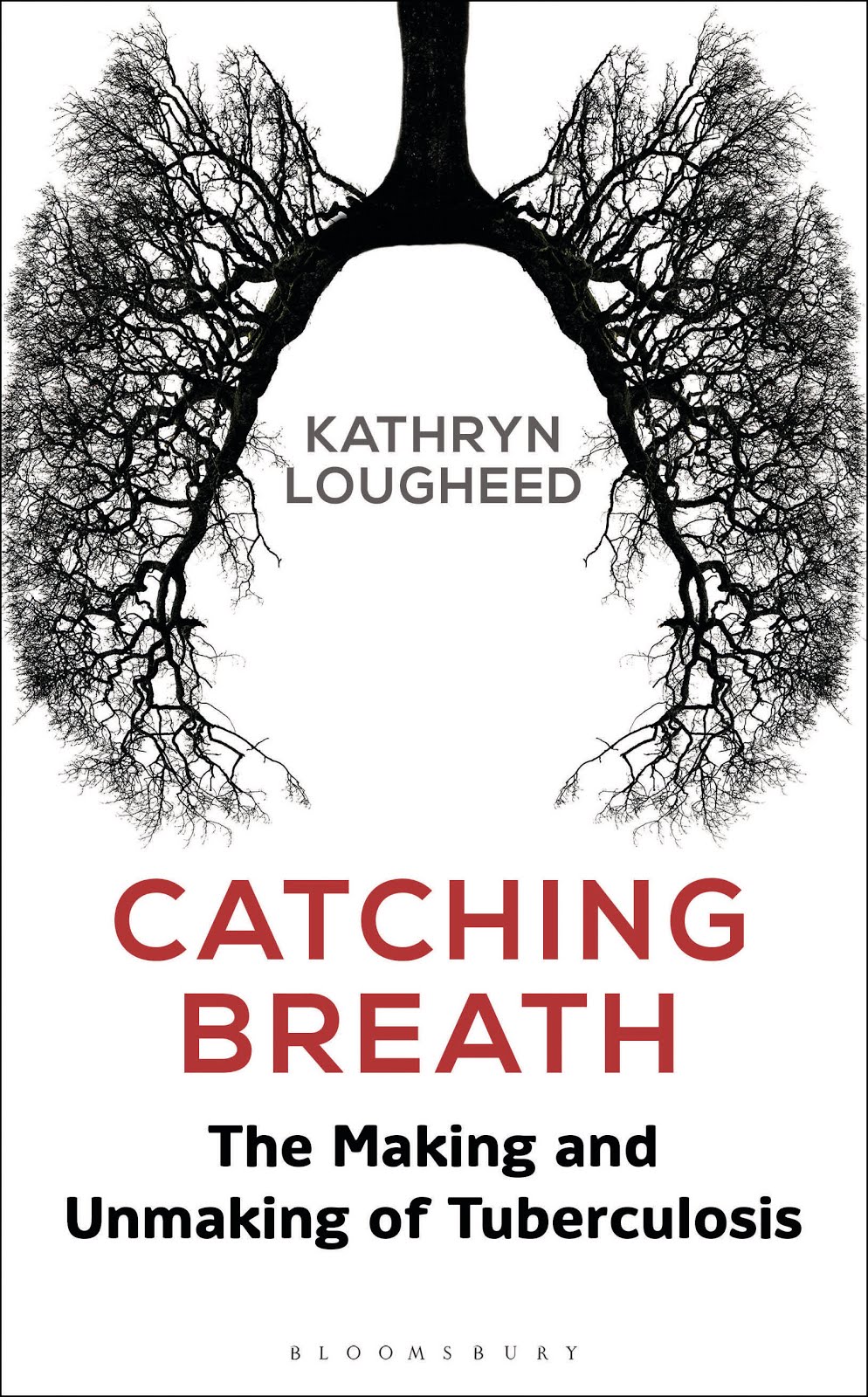 |
The big problem with the bacterium responsible for TB, Mycobacterium tuberculosis, is that it is very difficult to kill. The antibiotics required to sterilise an infection are no fun to take, meaning plenty of people fail to finish the arduous nine month course of up to four side-effect-laden drugs. And this leads to the emergence of drug resistant strains—recently we’ve seen reports of totally drug resistant strains that cannot be treated except by removing big chunks of people’s lungs. Replacing those drugs lost through resistance is only delaying the inevitable. Which is, without a new and improved way to treat TB, we are at risk of returning to the pre-antibiotic dark ages. So understanding how one of mankind’s oldest foes continues to best us is a huge area of research.
A current area of interest is in the development of drugs and vaccines which work with the host’s immune system. But this is a disease which doesn’t induce any protective immunity of its own (unlike infections such as measles or chicken pox). This is an issue for TB researchers—if our own immune systems are too rubbish to know how to fight TB, how can we know what sort of immune response we need to combat the infection? One difficulty is that TB both suppresses and activates branches of the immune system for its own benefit.
So any old immune response won’t do—it has to be the right kind of response. An illustration of this can be seen by looking back at the first vaccine for TB, developed by Robert Koch in the 19th century. Koch’s vaccine caused a very strong immune response in the 2000 patients it was administered to. Good thing? Not really. Unfortunately, because these patients already had TB, the vaccine ended up making their infections much worse and most of them died as a result.
So how can we work out what kind of immune response is required to fight TB? A recent paper published in Proceedings of the National Academy of Science sought to investigate which host genetic factors have a role in the development of protective immunity against TB.
 |
| Outcomes of TB infection - adapted from Stefan H.E. Kaufmann, Nature Reviews Immunology 1, 20-30 |
One of the big unanswered questions in TB research is what governs susceptibility to TB. For all those people who develop active disease (productive cough, weight loss, fever, night sweats, and various other unpleasant symptoms), nine times as many fail to get TB. A small number of these people are able to completely clear the infection, whereas the majority develop a latent infection in which their immune system keeps the bacteria in check for many decades. Understanding the differences between these patients could allow us to better understand how we can nudge our immune systems in the right direction when it comes to fighting TB.
The authors of the PNAS paper investigated the response of a type of immune cell known as a dendritic cell to infection with M. tuberculosis. The method they used was to compare which genes are induced and repressed in dendritic cells when they are infected with M. tuberculosis. They then looked at differences in host genetics that were associated with specific gene inductions. These differences are likely to be those responsible for individual variations in the immune response to TB.
 |
| Genes up- and down-regulated in M. tuberculosis infected dendritic cells. Only those genes whose induction or repression was over-represented in TB-infected cells are shown. |
Genes found to have a role in susceptibility to TB included DUSP14, which makes a regulator of proinflammatory cytokines - signalling molecules involved in switching on the immune response. This gene is associated with levels of TNF-α and IFN-γ, two of the most important cyctokines involved in protection against TB. Other strong candidates for susceptibility genes included RIPK, which is involved in host signalling pathways in response to TB infection, and ATP6V0A2, encoding a component of the proton pump involved in acidifying the phagosome. The phagosome is the compartment where TB bacteria reside after being engulfed by cells such as macrophages. M. tuberculosis is capable of excluding the proton pump from the phagosome to allow its survival in a compartment which, if the immune cell had its own way, would be able to kill the bacteria. Levels of ATP6V0A2 could therefore impact on the ability of TB to survive inside cells.
In the long run, studies such as this could lead to a better understanding of why some people develop TB while others do not, and could help in the discovery of better treatments for this disease.












No comments:
Post a Comment